Hello everyone. Thank you for reading this article. I’m Shogo from Let’s ask Shogo, the interpreter of the online lessons and owner of this website.
In many Ryuha styles of Iai/Kenjutsu, there is a movement called “Chiburui,” which means “blood shake.” Many people explain that this is the movement to remove the blood off the blade after you cut someone. In video games like Ghost of Tsushima, the blood comes off the blade after shaking the blade. However, the instructor of our online lessons, Seki Sensei, is against this general idea. There are two reasons why.
- Not that much blood would be on the blade in the first place
- Shaking the blade is not enough to remove any liquid from the blade
Unlike what you see in movies and video games, even after cutting someone with a katana, there wouldn’t be that much blood so instantly. Seki Sensei knows this not only from knowledge but also from experience. First, he heard testimonies from people who actually fought on the battlefield with katana during World War II. He told him that he had cut a number of people, but that there were only a few traces of blood on his clothes, about the size of an ink stain.
Secondly, Sensei accidentally cut his finger deeply when he was younger (By the way, because of the wound from that time, he still has a finger that does not move as well as he would like). On that occasion, the blood did not come out immediately, and there was no blood on the blade at all.
So then, why do so many Ryuha styles teach “Chiburui?” There are different theories, but Seki Sensei explained that the main purpose of Chiburui is not for removing the blood, but for Zanshin. Zanshin is the “state of awareness” in Japanese Budo martial arts. It is the state of not letting off your concentration even after you have defeated the opponent just in case. After you cut and defeat the opponent, you must sheath your katana in Iai/Kenjutsu. However, immediately sheathing is not the correct attitude of a Budo martial art. So you point the tip of the katana toward the opponent with one hand before you sheath, to be able to thrust the opponent if he was still alive. This movement looks “as if” you’re trying to shake the blood off, so to make it easier to refer to, we started calling it the “Chiburui.” But at some point in history, everyone started to forget this and started to explain that this was really to shake the blood off.
What’s your opinion on Chiburui? Please let us know in the comments.

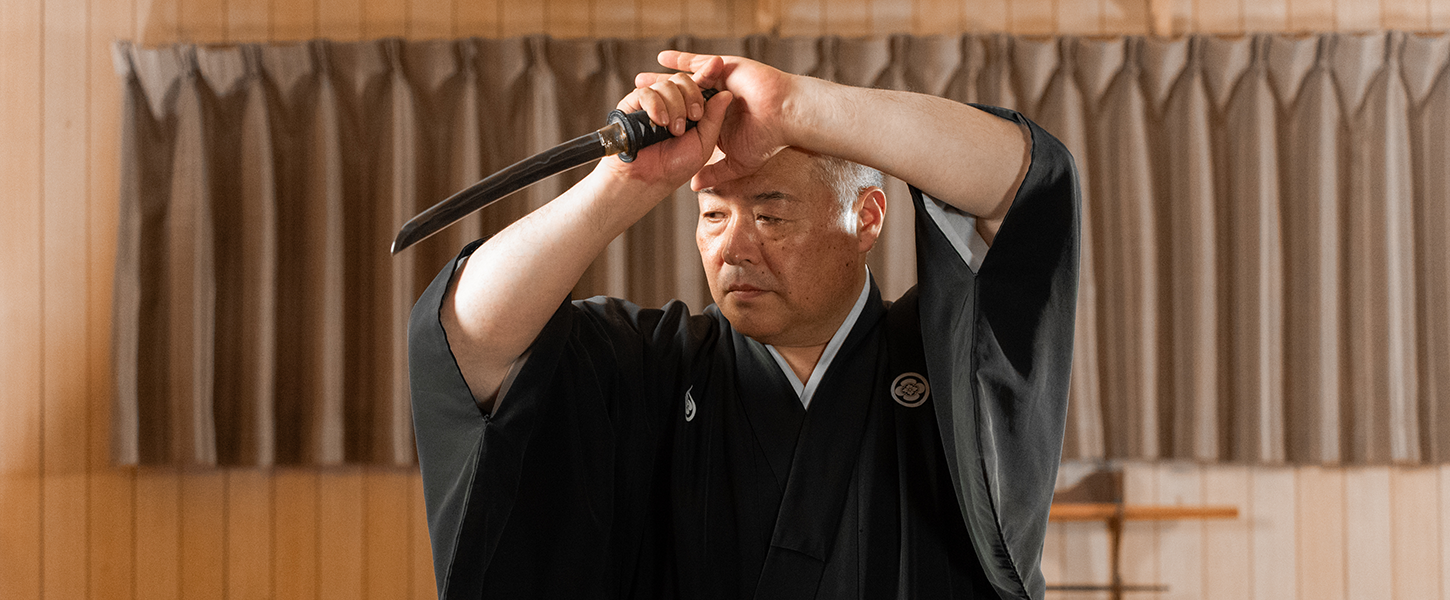


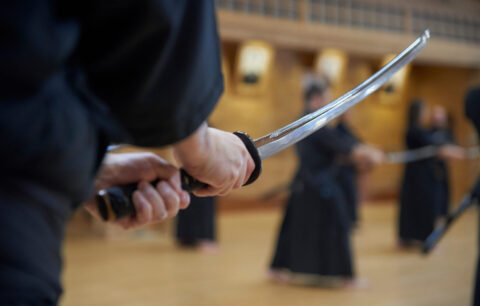

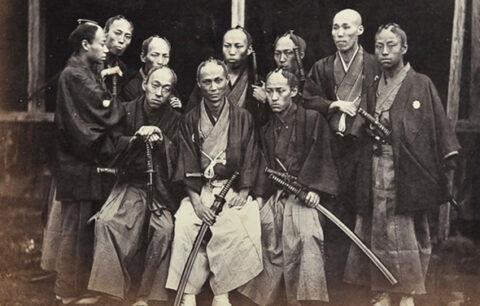
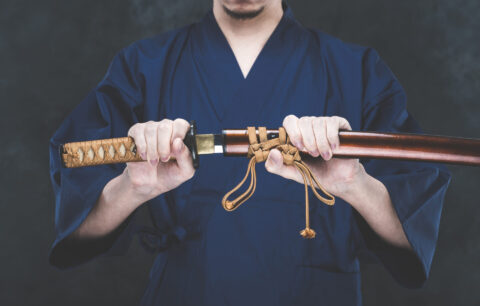
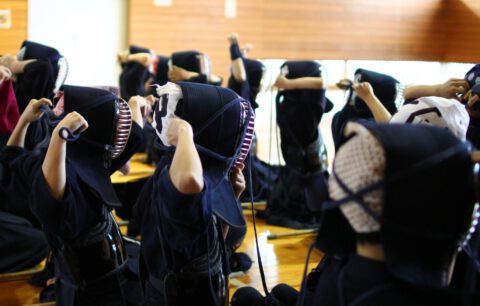
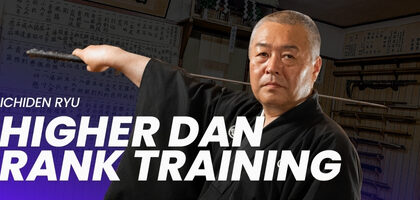
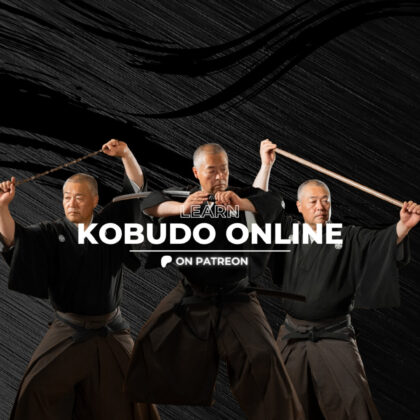
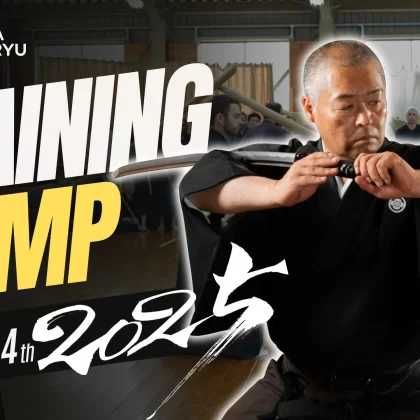

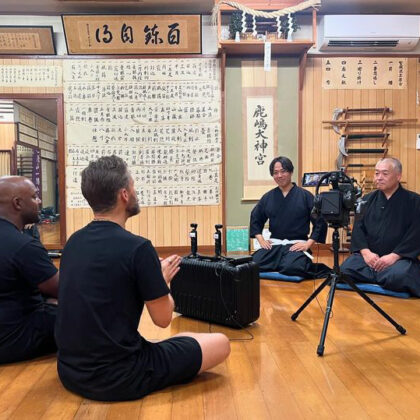


I believe Seki Sensei is correct. But I do wonder, if maybe it’s a little bit of both examples here. In most cases of a cut, depending on the sharpness of the blade, you would not see very many if any traces of blood on the blade itself. But certainly it *can* happen, because of the nature of cutting, and the location of the cut. So why wouldn’t they include a movement to prepare for this possibility? Surely if you did happen to get blood on your blade, you would want to remove it before putting it away.
I experienced this myself. I cut myself with a sharp glass into the back of the hand and really deep. But there was no blood flowing at first. Therefore I think it doesn’t have to be blood that is on the blade, but grease or particles of flesh are possible. You want that on the blade since it will let the blade rust too. I totally understand that even then the Youko chiburi for example will not have the force to remove the dirt.
So a nice article to broaden the horizon